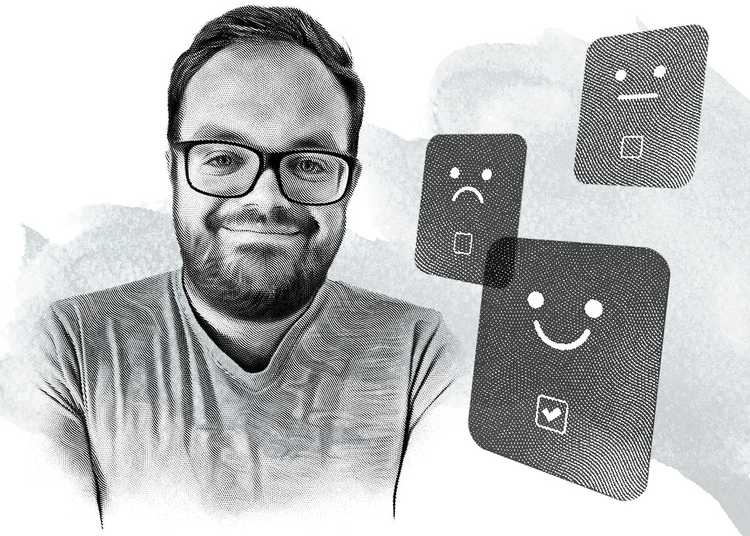How to improve HCP engagement on digital marketing assets
Becoming customer-focused

Customer centricity is a trending topic in pharma comms and marketing. For many, it is the answer to creating more accessible and valuable digital assets and platforms for audiences to engage with.
In a recent study, only 4% of pharma marketeers said their digital pharma product launches “regularly succeed.”1 This report concludes that the ways of working need to change, to include user research and customer centricity. To improve the success of digital products, pharma companies should adopt a customer-first mindset, instead of a product-first approach.
But for an industry with limited experience creating lots of digital products or platforms, where should we start? And how do we know what our customers really want?
I’m going to answer these questions for you by writing about a process I’m particularly passionate about: user testing. By the end of this article, you’ll understand why this process is incredibly valuable for creating or optimising any digital product you produce to engage your HCP audience.
Including the customer in the design process: User testing
One of the ways we can ensure our assets and platforms are more customer-focused is to include HCPs in the design process. You can do this by inviting them to test the product via ‘user testing’.
User testing helps us get a better understanding of how a digital asset is being used. The insights from this type of research are very powerful and go a lot further than market research or focus groups: how people say they use something can differ considerably from how they actually use it in practice.
User testing your existing websites, education platforms, e-details or other digital assets is a great way to improve engagement and conversions without re-inventing the wheel. It’s the ideal place to start if you are embarking on user testing for the first time. If you are unsure, you can always contact me and I will be happy to help.
What is the user testing process?
User testing is a UX research method where participants are asked to perform tasks on a user interface as a researcher observes their behaviour and listens to their feedback. There are many different forms of user testing, but the one we’re going to look at is ‘observational user testing’ which simply means watching people use a digital product whilst we take notes.
Doing this means we can see how people interact with an asset, understand what works well and what doesn’t, and receive real-time feedback as people engage.
Typically, we’ll set our users tasks to complete using the digital asset and ask them questions, such as “what do you expect to happen when you click that button?” or “can you describe what you are looking at?” By understanding people’s real-time though processes, we can accurately pinpoint where we are successful, and what needs refinement.
The facilitator
The person who guides the participant through the test process. They will:
- Explain the process
- Ask preliminary questions about their awareness of the brand/product
- Guide them through the tasks and observe behaviour
- Ask follow-up questions
- Remain neutral throughout
The participant
The person completing the tasks. They should be a realistic user of the product, which means either they already use it or they have the same needs as someone who does.
They will:
- Complete the tasks using the product as if they were in a normal setting
- Think aloud as they go through the tasks
- Describe what they are seeing, expecting and feeling during the task
The tasks
The tasks should accurately represent the experience a real user would have. They should:
- Reflect the key user journeys and allow us to measure the participant’s performance
- Be worded carefully and clearly, to prevent misunderstanding without creating accidental bias or guidance
The analysis
Combines the information into something useful. There are various ways and tools to do this but I usually categorise all the observations, quotes and insights.
Categories can include:
- Pain points
- Behavioural patterns
- Highlights
- Opportunities
Once we have the insights organised, we start the insights report. This document is used to present our findings to the client. It includes:
- Methodology
- Insights/findings
- Direct quotes to reinforce those findings
Recommendations covering:
- Usability improvements
- Quick wins
- Opportunities for bigger projects
- Roadmap

Final thoughts
Next time you’re working on a digital product, why not bring the user into the process? If you want some help or a friendly chat about getting started with user testing, feel free to reach out to Tom for a chat using the form below.
Or, if you’re interested in how Brandcast can support you with digital asset production, check out our Services page or use the form to request a more general creds presentation. We have a dedicated team including User Experience and Strategy Professionals, who are always willing to help.
1. Graphite. The Contradiction Conundrum Report 2022.
Sign up


